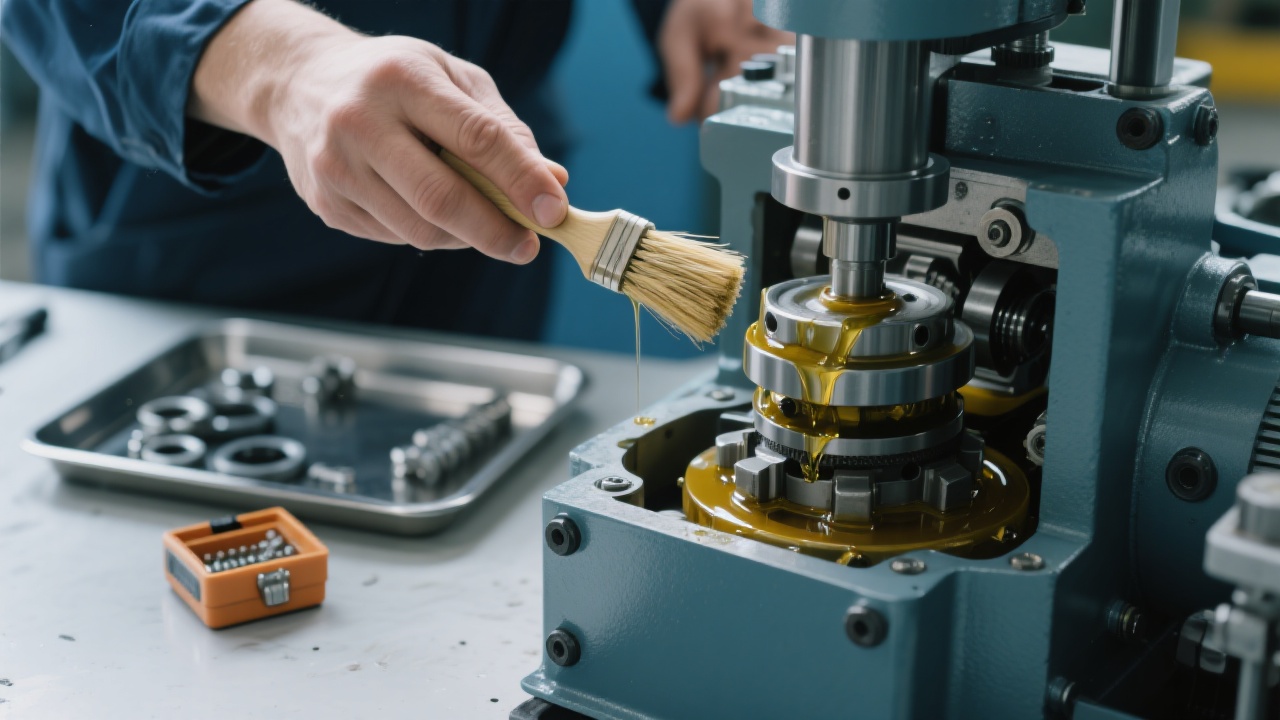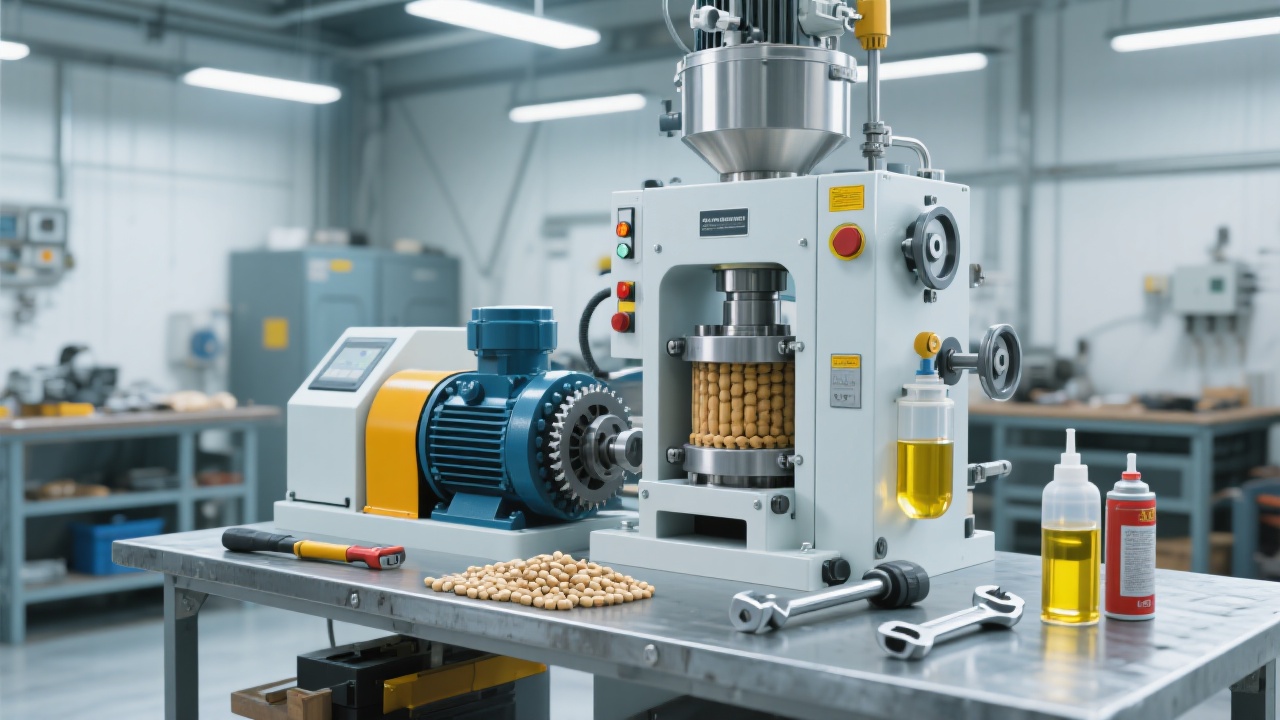
In the oil extraction industry, the pre - treatment of oilseeds before pressing is a crucial step that directly impacts the oil yield and the efficiency of the screw oil press. This guide will comprehensively explain the key steps of pre - treatment, with a focus on enhancing the oil yield of the ZY24 (202 - 3) screw oil press.
The first step in pre - treatment is to clean the raw materials and remove impurities. Impurities such as soil, stones, and other foreign objects can not only reduce the oil yield but also cause damage to the screw oil press. For example, in a small - scale rapeseed oil factory, after thorough cleaning and impurity removal, the oil yield increased by about 2 - 3%. The cleaning process usually involves screening, air separation, and magnetic separation. Different oilseeds may require different cleaning methods. For instance, peanuts are relatively large and can be more easily screened, while smaller oilseeds like sesame may need more precise air - separation techniques.

Crushing the oilseeds can increase the contact area between the oil and the press, facilitating oil extraction. However, the degree of crushing needs to be appropriate. Over - crushing can lead to the formation of fine particles that may block the press, while under - crushing may not fully expose the oil cells. For rapeseeds, a particle size of about 2 - 3mm after crushing is generally considered optimal. In a case study of a peanut oil factory, adjusting the crushing size to an appropriate range increased the oil yield by approximately 4%.
Steaming and stir - frying are important steps to change the physical and chemical properties of oilseeds. Different oilseeds have different optimal steaming and stir - frying temperatures and times. For example, for peanuts, the optimal stir - frying temperature is around 130 - 140°C, and the time is about 20 - 30 minutes. At this temperature and time, the protein in peanuts denatures properly, and the oil cells are more easily broken, increasing the oil yield. In a cottonseed oil factory, by accurately controlling the steaming and stir - frying parameters, the oil yield increased by 3 - 5%.

Conditioning is to adjust the moisture content and temperature of the oilseeds to an appropriate state. The moisture content has a significant impact on the oil yield. For example, when the moisture content of rapeseeds is controlled at about 8 - 10%, the oil yield is relatively high. In a small - scale soybean oil factory, by properly conditioning the moisture content of soybeans, the oil yield increased by about 2 - 3%.
Different oilseeds have different physical and chemical properties, which require different pre - treatment parameters. The following table shows the differences in pre - treatment parameters for some common oilseeds:
| Oilseed Type | Crushing Size (mm) | Steaming and Stir - frying Temperature (°C) | Moisture Content (%) |
|---|---|---|---|
| Rapeseed | 2 - 3 | 110 - 120 | 8 - 10 |
| Peanut | 3 - 4 | 130 - 140 | 6 - 8 |
| Cottonseed | 1 - 2 | 100 - 110 | 9 - 11 |
In the pre - treatment process, there are some common mistakes. For example, improper temperature control during steaming and stir - frying can lead to over - cooked or under - cooked oilseeds. If the oilseeds are over - cooked, the oil may be carbonized, reducing the oil quality and yield. On the other hand, under - cooked oilseeds may not fully release the oil. A solution to this problem is to use temperature - controlled equipment and follow the recommended temperature and time parameters for different oilseeds.

The ZY24 (202 - 3) screw oil press is designed to work optimally when the oilseeds are properly pre - treated. By following the pre - treatment steps and parameters mentioned above, users can effectively improve the oil yield and ensure the efficient and stable operation of the press. Whether you are a novice in the oil extraction industry or an experienced professional looking to optimize your oil - pressing process, mastering the pre - treatment technology is essential.
Ready to boost the oil yield of your ZY24 (202 - 3) screw oil press? Click here to download the Oil Pre - treatment Operation Checklist PDF Toolkit and take your oil - pressing process to the next level!

